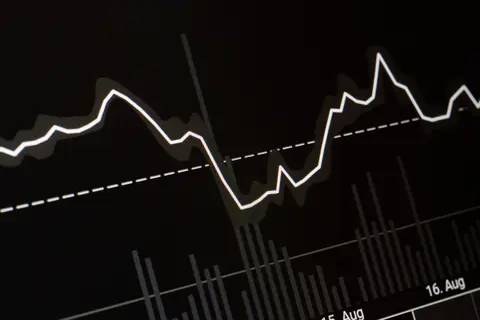
Questions on tariffs
Tariffs
Question 1
By 2010 Mythica was self sufficient in wheat, which is used to make bread, cake and pastries. During the mid 20th Century Mythica was at war with its closest neighbours, Utopia and Atlantis, for over 10 years. After this war Mythica invested large amounts in developing its own agricultural sector, along with other industries. By 2008 some 10% of the Mythican population worked on the land, and 5% worked in wheat production. In 2015 the domestic demand and supply schedule was:
| PRICE PER TONNE ($) | DOMESTIC DEMAND | DOMESTIC SUPPLY |
| 1000 | 400 | 100 |
| 2000 | 350 | 150 |
| 3000 | 300 | 200 |
| 4000 | 250 | 250 |
| 5000 | 200 | 300 |
| 6000 | 150 | 350 |
| 7000 | 100 | 400 |
| 8000 | 50 | 450 |
In 2006, Mythica joined with Utopia and Atlantis to form a ‘free trade’ area. Mythica started to import wheat from the other two countries, both of which have a comparative advantage in wheat production. During 2008 the free trade price of wheat from Utopia and Atlantis was $2,000 per tonne, irrespective of the quantity imported. This was clearly good for Mythican consumers. However, within 2 years imports of wheat rose and the domestic share of wheat sales fell.
By 2015 wheat farmers in Mythica had formed a union, opposed to wheat imports from Utopia and Atlantis. They argued that jobs were very closely related to the volume of sales – for every 20m tonnes sold, 0.5m workers were employed.
The farmers went to the Mythican parliament to argue that tariffs should be imposed on all imports. Parliament agreed to implement a $1,000 per tonne tariff, after farmers threatened to go on strike.
Draw an accurate graph to show:
- The self-sufficient price of wheat.
- The free trade price of wheat, and the relative share of imports and domestic production.
- The price after the tariff, along with the (new) relative shares of imports and domestic production.
- The effect of the tariff on Mythica’s economic welfare.
Write a general conclusion advising the Mythican Parliament of the alternatives it faces, with a recommendation about its trade with Utopia and Atlantis.
Question 2
Data question
‘..Last year, it was a battle over bras. Now, it’s ‘shoe wars’, as the European Union imposes new tariffs on imported leather shoes from China and Vietnam, starting on Friday.
Retailers are warning that shoe prices in the UK may rise because of the duties, which will increase over the next five months to 19.4% on Chinese leather shoes and 16.8% on Vietnamese.
The European commission decided to impose the new duties after a probe suggested that shoe manufacturers in the Asian countries were receiving “disguised subsidies” from their governments and are exporting shoes at below cost price.
Peter Mandelson, the EU trade commissioner, has said that the two countries used cheap financing, tax breaks and land-rent incentives to compete unfairly. The tariffs are backed by the governments of EU members with large shoe industries, such as Italy. They say that such unfair trade practices could push their manufacturers out of business.
In other parts of the 25-member EU (now 28 members, dropping to 27 after Brexit), especially in the Nordic countries, sentiment is far more mixed. China and Vietnam deny the allegation and say that the EU is merely engaging in protectionism.
In Britain, retailers are warning that they may have to pass on price hikes to consumers. Clarks, the UK’s largest show retailer, which imports 60% of its shoes from China and Vietnam, has said that it cannot absorb the increases. “If we pass the cost on, the price of shoes will rise 6-7%,” Martin Salisbury, finance manager at Clarks, told the Financial Times.
But EU officials note that only 9% of shoes bought overall by Europeans are from China or Vietnam, and that importers and retailers can absorb some price increases because imports prices have already dropped 20% in the last few years.
The duties will initially be 4.8% on leather shoes from China and 4.2% on those from Vietnam. Over the next five months, the tariff will rise to 16.8% on Vietnamese shoes and 19.4% on Chinese shoes.
The battle over shoes is the latest chapter in a fight with the Far East over trade and globalisation. Earlier this month, the EU and the US filed a complaint against China at the World Trade Organisation for its “discriminatory” tariff on imported car parts. And last year, the EU imposed limits on Chinese clothing imports, including bras..’.
Article adapted from The Guardian, 7th April 2006
- Explain the meaning of ‘…China and Vietnam use cheap financing, tax breaks and land-rent incentives to compete unfairly...’ (4)
- Draw a diagram to show the effect of a subsidy on shoes by Asian governments. (4)
- Using a diagram, explain how shoe tariffs against China and Vietnam are likely to affect the EU economy. (8)
- Evaluate the possible motives of the EU for increasing tariffs on imports into the EU. (14)
30 marks


